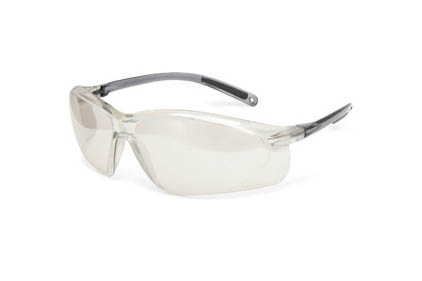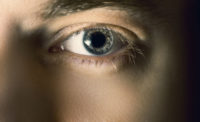July is Eye Injury Prevention Month

Lawn mowers, weed trimmers and leaf blowers can throw dust and debris into the eye causing injury. Household chemicals such as drain cleaners, bleach, oven cleaners and battery acid can splash into the eye.
“To prevent these injuries it is important to wear appropriate safety equipment,” says the DMC. “Safety goggles should be worn when you are working with chemicals, in a workshop or when doing outdoor chores. Remember to attend only professional fireworks displays! Improper handling of fireworks can lead to permanent eye injuries.”
One of the greatest threats to your eyes is invisible. Studies show that exposure to bright sunlight may increase the risk of developing cataracts, age-related macular degeneration and growths on the eye, including cancer. When spending time outdoors, sunglasses that have 97-100% UV protection should be worn. Styles that wrap around to the temples prevent the sun's rays from entering from the side.
Tips on preventing eye injuries from webmd:
Wear safety glasses, goggles, or face shields when you hammer nails or metal, work with power tools or chemicals, or do any activity that might cause a burn to your eyes. If you work with hazardous chemicals that could splash into your eyes, know how to flush chemicals out, and know the location of the nearest shower or sink.
If you are welding or near someone else who is welding, wear a mask or goggles designed for welding.
Wear protective eyewear during sports such as hockey, racquetball, or paintball that involve the risk of a blow to the eye. Baseball is the most common sport to cause eye injuries. Fishhook injuries are another common cause of eye injuries. Protective eyewear can prevent sports-related eye injuries more than 90% of the time. An eye examination may be helpful in determining what type of protective eyewear is needed.
Prevention tips for children
Most eye injuries happen in older children. They happen more often in boys than in girls. Toys-from crayons to toy guns-are a major source of injury, so check all toys for sharp or pointed parts. Household items, such as elastic cords, can also strike the eye and cause injury.
Teach your children about eye safety.
Be a good role model-always wear proper eye protection.
Get protective eyewear for your children and help them use it properly.
Teach children that flying toys should never be pointed at another person.
Teach children how to carry sharp or pointed objects properly.
Teach children that any kind of missile, projectile, or BB gun is not a toy.
Use safety measures near fires and explosives, such as campfires and fireworks.
Any eye injury that appears unusual for a child's age should be evaluated as possible child abuse.
Looking for a reprint of this article?
From high-res PDFs to custom plaques, order your copy today!






